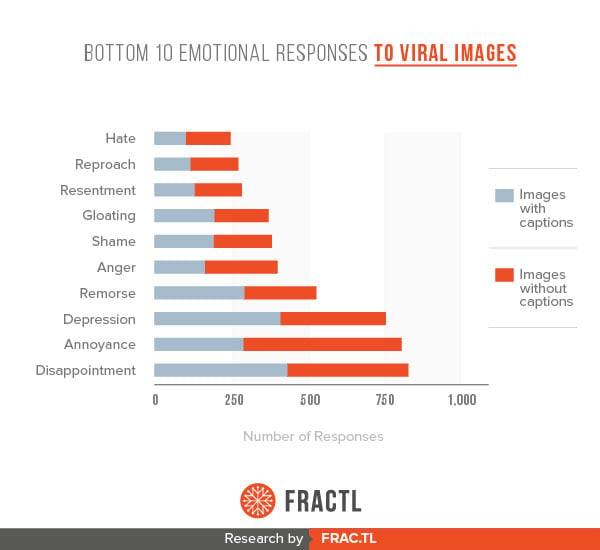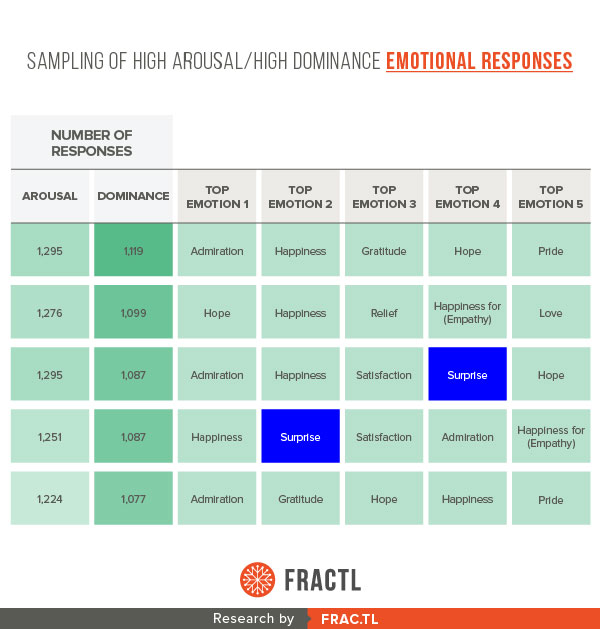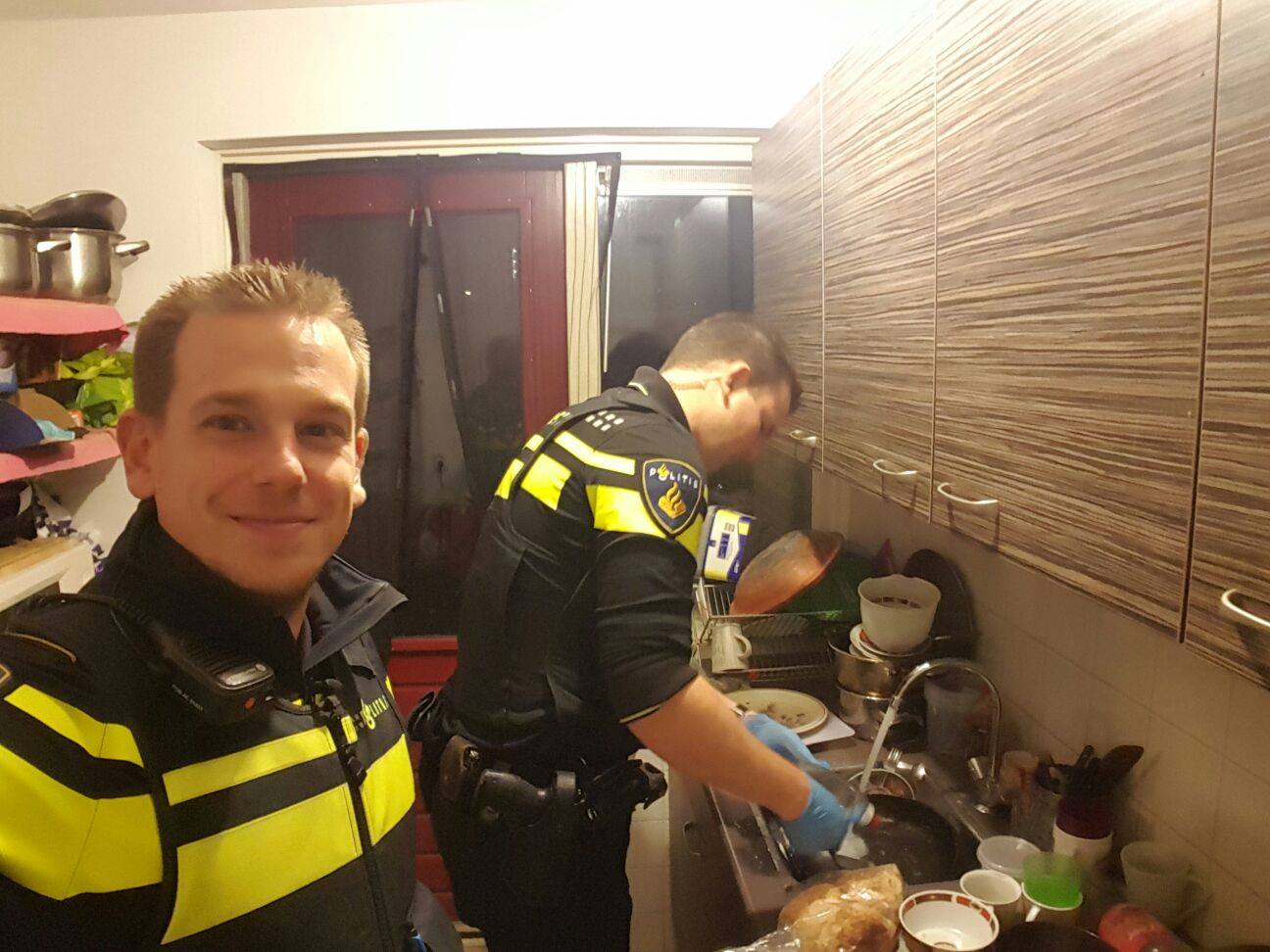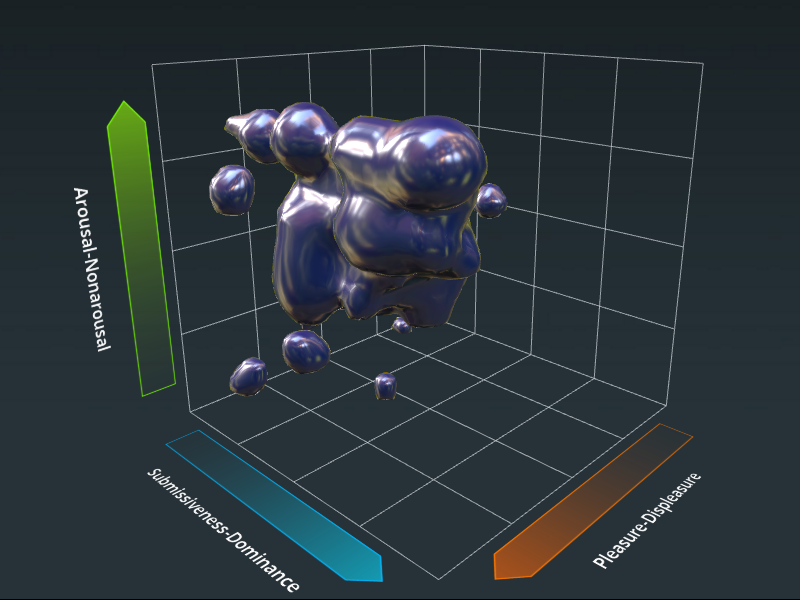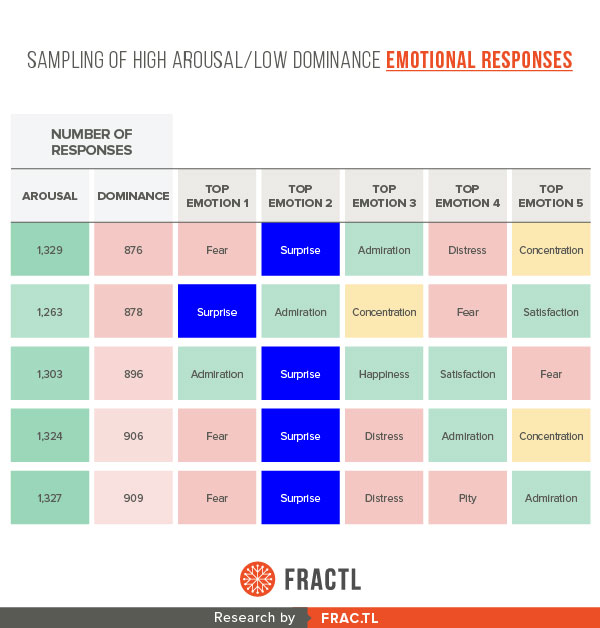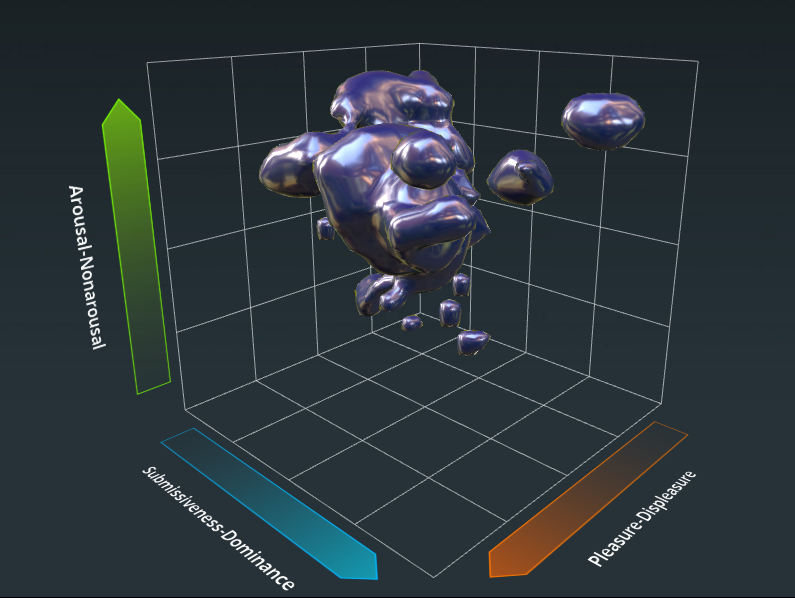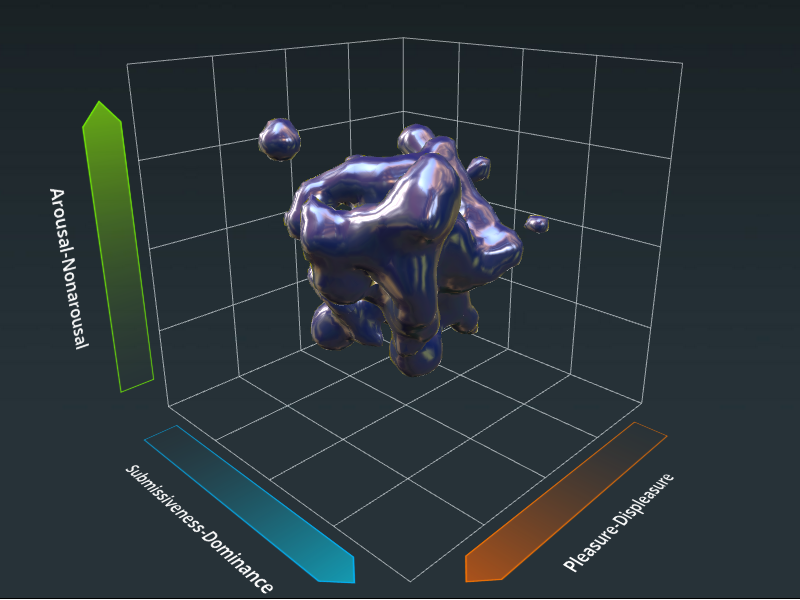
In our latest report on viral emotions, we identified additional emotional components beyond individual emotions that contribute to high levels of sharing and engagement.
As with our previous study, we again found that viral content is usually surprising, emotionally complex, or extremely positive (think Chewbacca Mom). However, this time, we dug further to understand why certain emotions are so effective at driving people to share.
We also examined the role of arousal (which relates to excitability) and dominance (which relates to control). As it turns out, certain emotions are extremely effective at creating a viral effect due to the levels of arousal and dominance ignited by those emotions.
Before we dive into our findings on arousal and dominance, let’s take a look at the general emotional responses to the viral images.
The Most Common Emotional Reactions to Viral Images Were Positive
We surveyed 400 people and asked them to record their emotional responses to 100 of the top images from Reddit’s r/pics community. Each image had gone viral, with thousands of upvotes and hundreds or thousands of comments on Reddit, plus at least 1 million views on Imgur.
The 10 most common emotions reported by our survey participants were positive, with happiness, surprise, and admiration being the top three emotions.
Negative emotions were reported far less than positive emotions. Hate, reproach, and resentment were the bottom three emotional responses.
How Arousal and Dominance Contribute to Virality
Our study was inspired by new research that found it is not just individual emotions that drive people to engage with and share content. Other emotional factors contribute to the spread of viral content.
According to the research, content goes viral when the emotions it evokes fall within certain configurations on the Valence-Arousal-Dominance model, an emotional categorization scale used in psychology. Individual emotions are made up of a combination of these three factors:
- Valence is the positivity or negativity of an emotion. Happiness has a positive valence, while fear has a negative valence.
- Arousal ranges from excitement to relaxation. Anger is a high-arousal emotion while sadness is low arousal.
- Dominance ranges from submission to feeling in control. Fear is low dominance, while an emotion a person has more choice over, such as admiration, is high dominance.
The researchers examined the emotional scores of 65,000 articles from two news sites that allow readers to assign emotional scores to content. Their analysis revealed a pattern between viral news stories and certain combinations of valence, arousal, and dominance. Some key findings from the study include:
- High arousal and low dominance drive discussion. Articles with a lot of comments evoked high-arousal emotions, such as anger and happiness, paired with low-dominance emotions where people felt less in control, such as fear.
- High dominance is tied to social sharing.
Emotions that make people feel in control, such as admiration or inspiration, were present in the news stories that had a high number of social shares.
Valence, Arousal, and Dominance in Viral Images
To better understand this research, we scored the emotional responses in our survey using the PAD emotional state model (similar to the Valence-Arousal-Dominance model). Like the researchers, we found patterns between emotional sentiment toward the images and varying levels of arousal and dominance.
When both arousal and dominance were high, the accompanying emotions were either all positive or a combination of positive emotions plus surprise.
This image of paramedics staying behind to do the dishes after a woman was taken to the hospital evoked a purely positive emotional response.
In a 3D model of this image’s PAD emotional scores , you can see the majority of responses are grouped as high arousal, high dominance, and high pleasure.
When arousal was high but dominance was low, the emotional responses were a combination of surprise, negative, and/or positive emotions.
The below image of a cheetah jumping into a jeep during a safari was rated as surprising, negative, and positive.
The majority of the responses to this image fell within the high arousal, low to mid dominance, and low pleasure configuration within the 3D space.
When both arousal and dominance were low, the sentiment of the emotional responses was more varied, but they almost always included surprise.

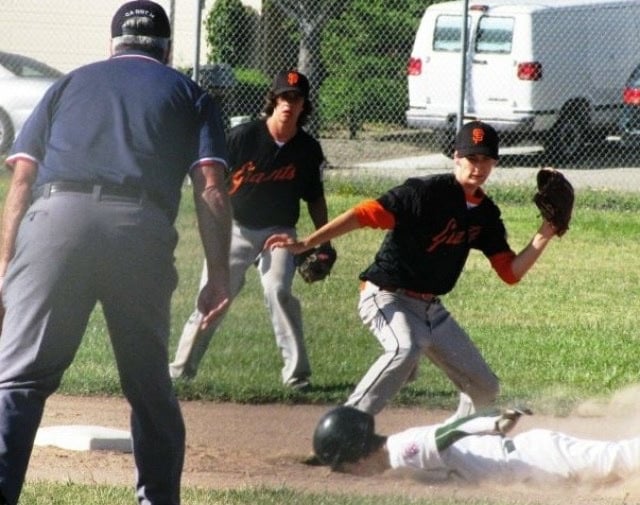
 To see the emotional responses to all of the images in our study, view the raw data here.
To see the emotional responses to all of the images in our study, view the raw data here.
Key Takeaways: How to Increase Your Content’s Viral Potential
So what does our research mean for marketers? Keep these insights in mind when creating your content campaigns.
Combine positive emotions with surprise for massive sharing potential.
Want a lot of people to share your content? Feel-good content is primed for social sharing. Our research found admiration and happiness had a strong correlation with high dominance, which helps drive people to share. To take it a step further, include an element of surprise to help magnify the positive feelings.
Pair low-arousal emotions with surprise or admiration.
If your content is somewhat of a downer, include a strong element of surprise or admiration to increase its viral potential. One of the most interesting findings of our study was that images could still go viral even if they did not evoke high-arousal emotions (we previously assumed high arousal was necessary for virality). The viral images that evoked negative, low-arousal emotions, such as sadness or depression, also elicited surprise and admiration from survey respondents.
Play up high-arousal emotions in negative content that is not surprising.
Our study found that if arousal is high enough, content can be primarily negative and still go viral. Most of the images in our study that received negative reactions were also rated as surprising. However, two of the images evoked purely negative responses. Both of these images made our respondents feel high-arousal emotions: anger, fear, or distress.
Want to see these insights in action? Check out our portfolio for dozens of examples of content that captivated the web.

